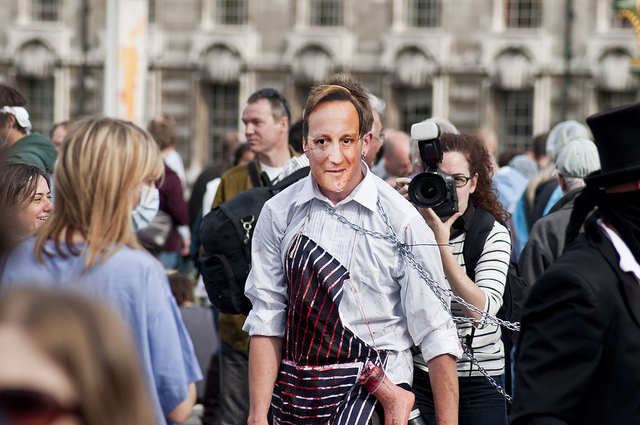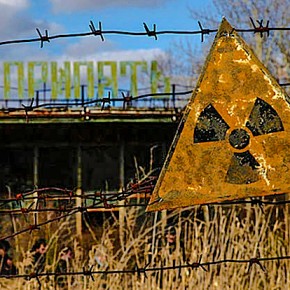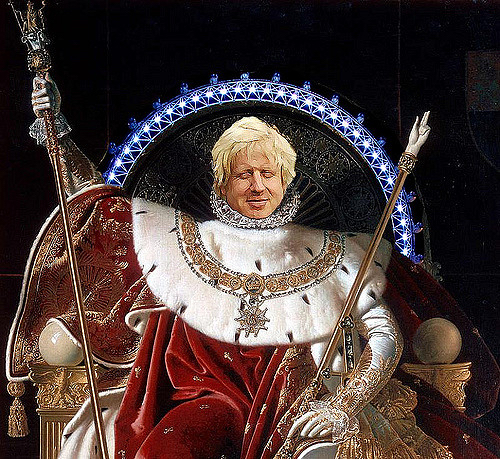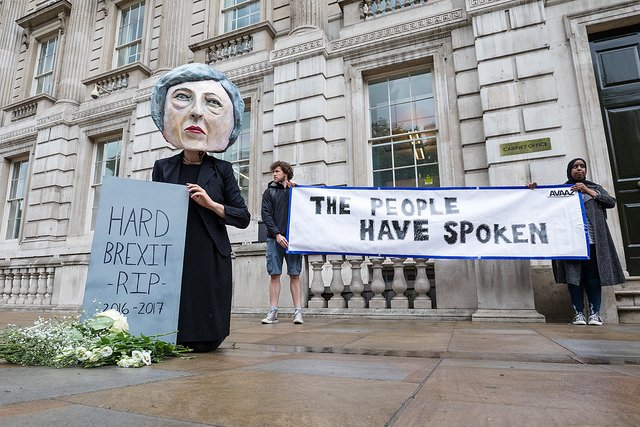The first round of Britain’s election debates passed with little trouble. In spite of a heckler’s best efforts, three women represented the left on the national stage. As the UK media has grudgingly acknowledged, Scottish National Party leader Nicola Sturgeon won the debate. This shouldn’t come as a surprise. The SNP is by far the most experienced and entrenched party outside of the Westminster consensus. Even UKIP, which styles itself as the outsiders’ party, doesn’t come close.
Sturgeon went out of her way to appeal to a broad base across the UK. By contrast, Plaid Cymru’s Leanne Wood took the right stands, but ultimately focused on consolidating her party’s gains in Wales. Unlike the SNP, the Welsh nationalists have yet to fully redefine the political narrative and discourse within Wales. Plaid Cymru controls 11 out of 60 seats in the Welsh Assembly, whereas the SNP is the dominant party in Scotland and may well wipe out Labour come election time.
Equally, the Greens are in a transitional stage between a single-issue party and a serious national force. The party’s membership may be growing rapidly, but the leadership has to rethink the minutiae of its programme. On top of this, Green leader Natalie Bennett, a top organiser with serious convictions, lacks fine-tuning in public relations. In last week’s debate, she was more than capable of making broadly left-wing pronouncements, but it sounded canned.
However, the soundbites are less important than the long-term shifts that may be taking shape before our eyes. Scotland was the cradle of the Labour Party, but thanks to devolution and the advent of proportional representation the SNP has chiselled away at Labour’s stranglehold. The FPTP system may keep Ed Miliband safe in many English seats, but it might not be enough to secure a majority come election time.
This has led Britain’s media to pursue the Scottish nationalists with suspicion, such as the false Telegraph report this last weekend, about Nicola Sturgeon telling a French diplomat that her preference was for a Tory victory in the election. The truth of the allegation was less significant than the feelings of discomfort it helped communicate, in the trustworthiness of the SNP, and any potential parliamentary tie that might be considered with Labour.

Clearly, the fear is that the Scottish party might actually wield decisive leverage after the vote. Hence the ‘leak’, in the Tories’ main newspaper. Ed Miliband has mouthed a promise not to cut a deal with Sturgeon, but the Conservatives remain unconvinced. David Cameron and others insist such a coalition would ‘destabilise’ the country. The Financial Times reports that the markets also fear a SNP-Labour coalition.
Fortunately, Nicola Sturgeon has been quick to scupper this attempt at a smear by offering an ‘anti-austerity pact’ to Labour. These signs should not be read to discourage the progressive vote. Sturgeon has succeeded in articulating an anti-austerity message on the national stage. Natalie Bennett and Leanne Wood did well to echo this line. It challenges the rightward drift of the centre-ground and Labour’s position as the horizon of possibilities. Instead of circling the Miliband campaign, the Scots can back the SNP and expect reasonable gains for doing so.
If the bad news of the independence referendum was that it failed to deliver a fatal blow to Cameron’s government, then the good news is surely that the SNP can wield influence today. The union is secure, but the consensus is not. The possibility of an SNP-Labour coalition holds possibilities for moderation, while a minority Labour government would leave Ed Miliband reliant on SNP support in the House of Commons. A minority government would potentially be even more open to contestation than a coalition.
Of course, this option does not come without its own risks. The SNP are a broadly social democratic party, but they have also backed NATO, the British monarchy and a golf resort for Donald Trump. In the midst of the debt crisis in the EU, the SNP dumped the euro and embraced the pound, all the while backing TTIP. At the same time, the SNP has signalled it would turn Scotland into a tax haven once independent. Every party has a right and a left. The SNP may be able to forestall any serious splits as long as Scotland stays in the union.
The SNP wants to keep its conservative wing in lockstep with a left-wing base. This is a convenient game for a social democratic party to play. It could be seen as a similar route to that of the early Labour Party, which made its peace with the unwritten constitution, and even advanced the Cold War with the creation of NATO, the treaty being signed with Bevan’s signet ring. The global standoff which justified this Cold War liberalism has since passed. But the Labour Party remains wedded to a strategy that wishes to offset distributional conflicts with promises of better living standards.
No longer can Labour trot out such promises and expect the masses to flock around its platform. The crucial difference is that the Labour Party is now a husk of a social democratic party, its political engine exhausted, and it’s the progressive civic nationalism of the SNP could offer a battering-ram to the pro-austerity consensus in Whitehall. The union is no longer under threat, for now, but the parliamentary-media alliance on cuts faces a serious challenge. The only radical objective is to exploit this situation and take apart the mainstream parties by the joints.
Photographs courtesy of Megan Trace and Petras Gaglias. Published under a Creative Commons license.





